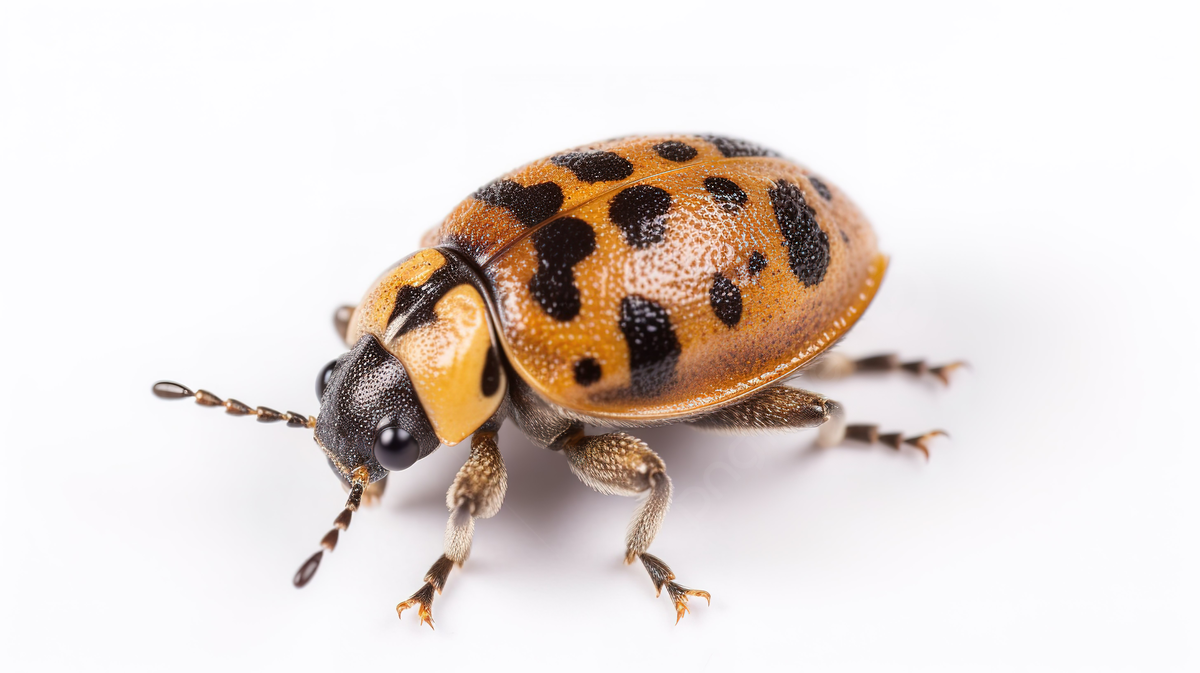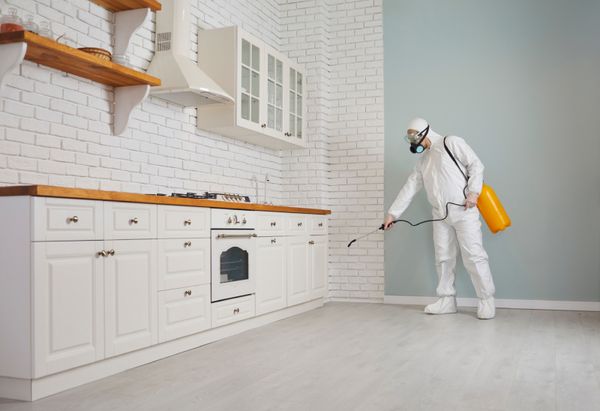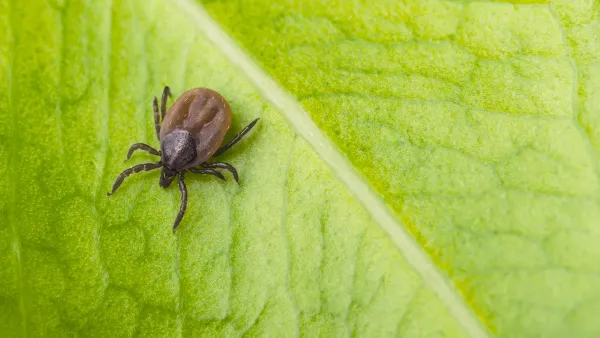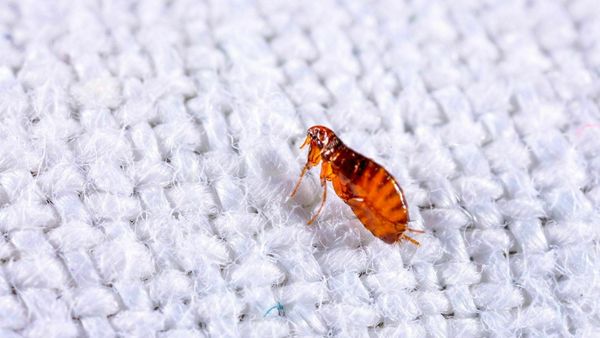Have you noticed tiny, round beetles scurrying around your home recently? Then you might have an unwelcome guest: the carpet beetle. These little creatures are notorious for feeding on fabric, fur, and even leather, which can cause considerable damage to your household items. In this guide, we will provide detailed steps on how to get rid of carpet beetles and keep them away for good.
Identifying Carpet Beetles
Before proceeding with extermination methods, it's essential to correctly identify carpet beetles. These small, round insects are usually black or dark brown, and some species may have speckles of white or yellow. Their larvae are even more destructive than the adults, resembling tiny, fuzzy caterpillars.
Step 1: Thorough Cleaning
The first step to getting rid of carpet beetles is thorough cleaning. Vacuum your carpet, upholstery, curtains, and any fabric-covered furniture regularly to remove any existing beetles and their larvae. Be sure to dispose of the vacuum bag immediately to prevent any lingering beetles from returning to your carpet.
Step 2: Hot Wash and Dry
Carpet beetles and their larvae cannot survive extreme temperatures. Therefore, washing infested items in hot water and drying them at high heat will kill any present beetles.
Step 3: Use Insecticides
If the infestation persists, consider using insecticides. Always opt for products that are specifically designed to combat carpet beetles, ensuring they're safe for household use. Follow the instructions on the packaging carefully and keep these chemicals out of reach of children and pets.
Step 4: Use Diatomaceous Earth
Diatomaceous earth is a natural, non-toxic powder made from the fossilized remains of tiny aquatic organisms. When carpet beetles come into contact with this substance, it dries out their exoskeleton, effectively killing them. Sprinkle it on affected areas and vacuum after a few days.
Step 5: Use Boric Acid
Another effective treatment is boric acid, a chemical compound that kills a wide range of pests, including carpet beetles. Sprinkle it lightly over your carpet, and after a few hours, vacuum the area thoroughly. Always wear gloves and a mask when handling boric acid and ensure that pets and children do not come into contact with it.
Step 6: Professional Pest Control
If you have a severe infestation that these steps do not resolve, or if you're uncomfortable using insecticides or handling the problem yourself, consider hiring a professional pest control service.
Prevent Future Infestations
Once you've successfully eliminated carpet beetles from your home, take steps to prevent future infestations. Regular cleaning and vacuuming can help remove any stray beetles or larvae that may have been overlooked. Store food properly, and keep fabrics clean and properly stored. Also, sealing cracks and crevices around your home can prevent beetles from entering.
Remember, the key to dealing with carpet beetles is to act quickly once they're detected. The faster you respond, the easier it will be to rid your home of these pests and the less damage they will do to your belongings.
Invest in Protective Covers
Investing in protective covers for your furniture and clothing can be an effective preventative measure. Covers made of synthetic fibers, as opposed to natural ones, can deter carpet beetles since they typically prefer organic materials.
Regular Inspection
Regularly inspect your home for signs of carpet beetles. These include visible beetles, larvae, or damage to fabric, fur, or leather. The sooner you catch an infestation, the easier it will be to treat.
Seal Entry Points
Prevent the beetles from entering your home in the first place by sealing potential entry points, such as windows, doors, and cracks in the walls or floor. This will also help keep out other pests.
Avoid Secondhand Fabrics
Since carpet beetles often inhabit fabric, be cautious when bringing secondhand fabric items, like clothing or furniture, into your home. Check these items thoroughly for signs of beetles before purchasing.
Professional Inspection
Consider having your home professionally inspected for carpet beetles periodically. An expert can detect signs of an infestation that you might miss and can provide advice on prevention and treatment.
Conclusion
Whether you're dealing with the varied carpet beetle, black carpet beetles, or their destructive larvae, our guide provides the information you need to tackle a carpet beetle infestation effectively. Killing carpet beetles, regardless of their life stage - be it carpet beetle eggs, carpet beetle larvae, or adult beetles - involves a consistent and comprehensive approach. From diligently vacuuming upholstered furniture to washing and freezing items where carpet beetles live, it's crucial to stay proactive.
Interestingly, while adult carpet beetles can fly, their primary food source remains fibers, clothing, and carpeting. Knowing that carpet beetles feed on these materials can help you strategize your cleaning routines better. You might notice carpet beetles in their adult form or find their larvae before noticing the adult beetles themselves.
Preventing a future infestation is as essential as eliminating the present one. By creating an environment where adult carpet beetles can't lay their eggs, you'll stop the cycle of infestation. So, whether you're wondering how to kill carpet beetles or how to prevent carpet beetles, this guide can help you secure your home against these pesky invaders. Remember, your vigilance is the key to maintaining a carpet beetle-free home.






